13 American Towns That Literally Vanished But Left Eerie Legacies Behind
The American landscape is dotted with towns that once thrived but have since faded into obscurity, leaving behind only whispers of their once vibrant existence. These vanished towns, often referred to as ghost towns, are more than just relics of history; they are poignant reminders of the transient nature of human endeavor. Each town tells a story of ambition, struggle, and eventual decline, echoing with the lives and dreams of those who once called them home. This article will delve into 13 haunting stories of such towns across America, exploring the unique circumstances that led to their demise and the eerie remnants they left behind. From bustling mining towns that fell silent after the gold rush to communities abandoned due to natural disasters or economic downturns, these stories are a testament to the impermanence of human settlements and the relentless march of time. As we journey through these tales, we will uncover the diverse factors that contributed to their vanishing, the haunting echoes they left in their wake, and the lessons they impart on resilience and adaptation.
1. Bodie, California: The Ghost of the Gold Rush
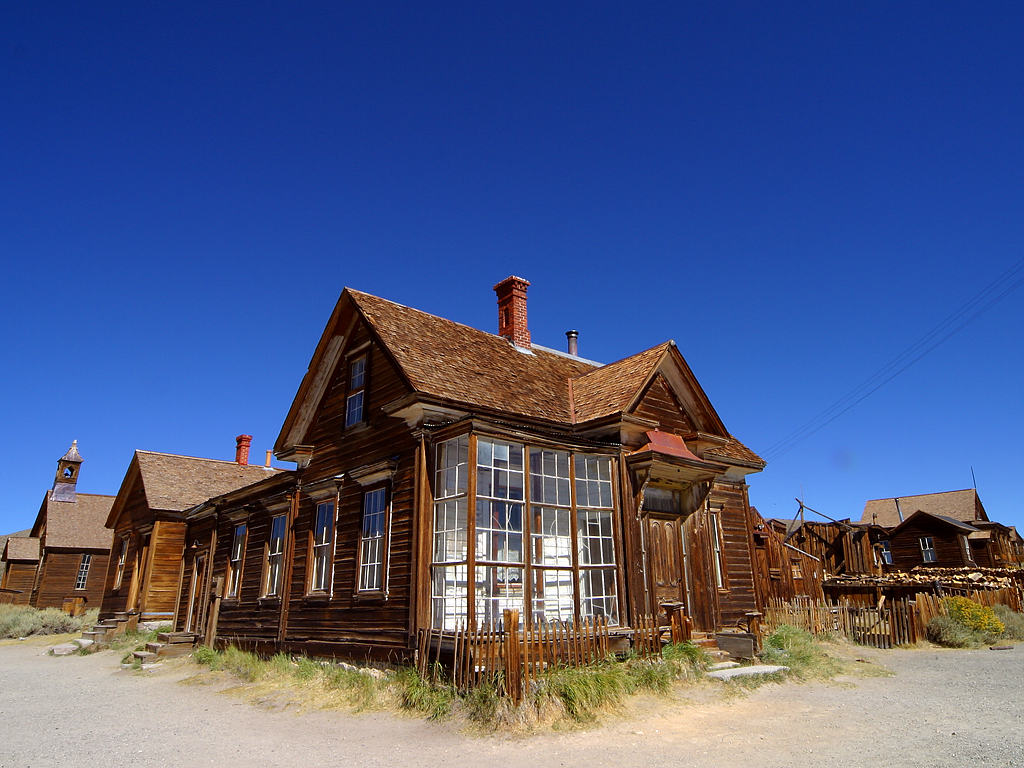
Bodie, California, stands as a quintessential example of a gold rush town that succumbed to the inevitable decline after the boom. In the late 1800s, Bodie was a bustling hub, teeming with miners and their families, all drawn by the promise of gold. At its peak, the town boasted a population of over 10,000, complete with saloons, a red-light district, and even a Chinatown. However, as the gold veins ran dry, so too did the town's fortune. By the early 20th century, Bodie was largely abandoned, leaving behind a ghost town preserved in a state of arrested decay. Today, Bodie is a state historic park, offering visitors a glimpse into the past with its well-preserved buildings and artifacts. The eerie silence that envelops the town is a stark contrast to its once lively streets, serving as a haunting reminder of the transient nature of prosperity.
2. Centralia, Pennsylvania: The Fire That Never Dies

Centralia, Pennsylvania, tells a tale of a town consumed by an underground fire that still burns to this day. In 1962, a landfill fire accidentally ignited a coal seam beneath the town, leading to a subterranean inferno that proved impossible to extinguish. As the fire spread, toxic gases seeped into homes, and sinkholes opened up, making the town uninhabitable. Despite numerous attempts to control the blaze, the fire continued to burn, ultimately leading to the evacuation and demolition of most of the town's structures. Today, Centralia is a ghost town, with only a handful of residents remaining. The cracked, steaming roads and eerie graffiti-covered surfaces serve as a chilling reminder of the disaster that drove the town's inhabitants away. Centralia's story is a sobering example of how human negligence can lead to long-lasting environmental consequences.
3. Cahawba, Alabama: The Forgotten Capital
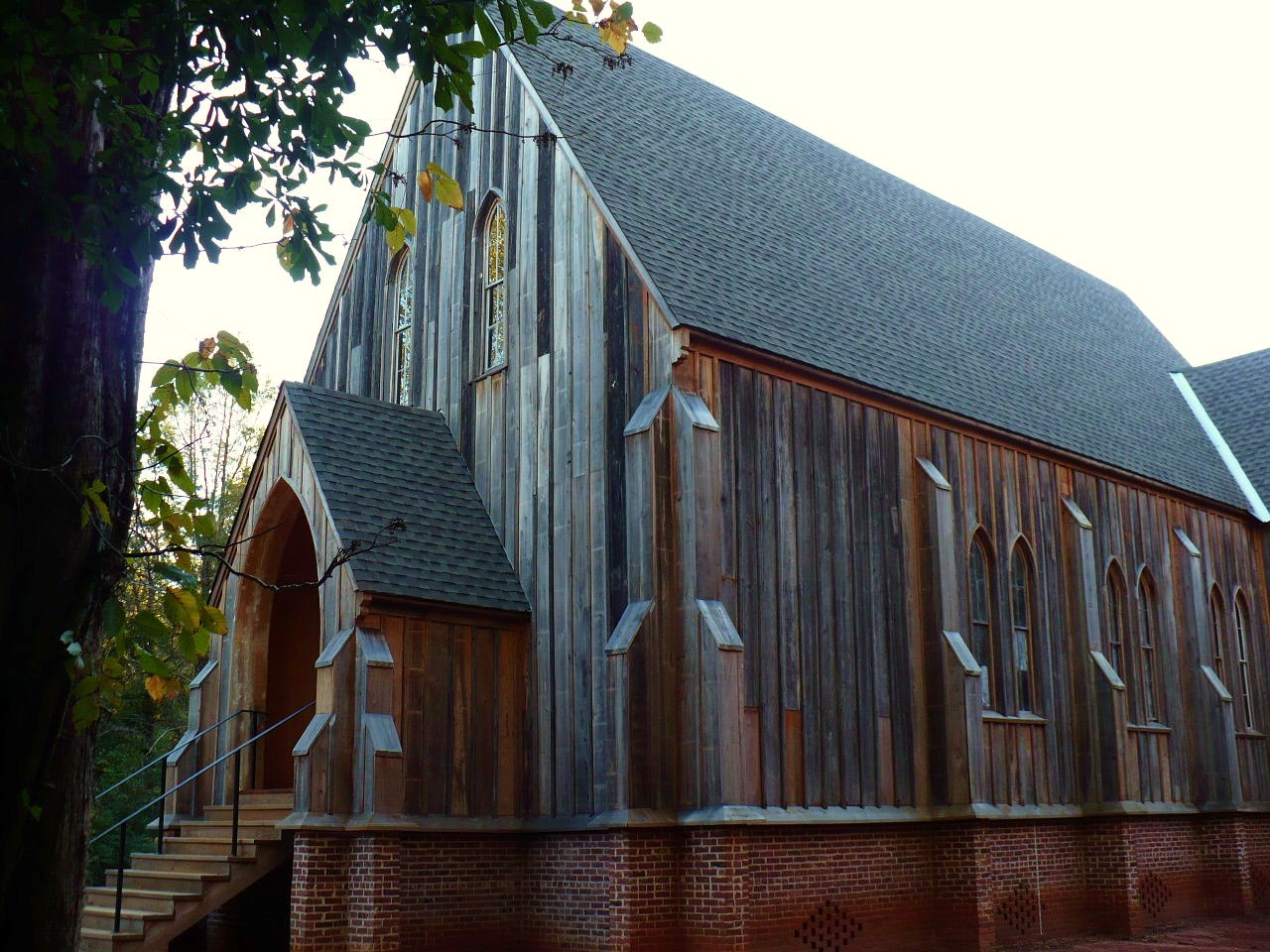
Once the capital of Alabama, Cahawba is now a haunting testament to the capricious nature of political and economic fortune. Established in 1820, Cahawba thrived as a bustling river town and political center. However, its low-lying location made it prone to flooding, leading to its eventual abandonment as the state capital in 1826. Despite attempts to revive the town, repeated floods and the Civil War further hastened its decline. By the early 20th century, Cahawba was largely deserted, leaving behind ruins and a few scattered structures. Today, the site is preserved as Old Cahawba Archaeological Park, where visitors can explore the remnants of the once-thriving town. The eerie beauty of Cahawba's ruins serves as a poignant reminder of the impermanence of human achievement and the relentless power of nature.
4. Kennecott, Alaska: A Frozen Relic of Copper Mining
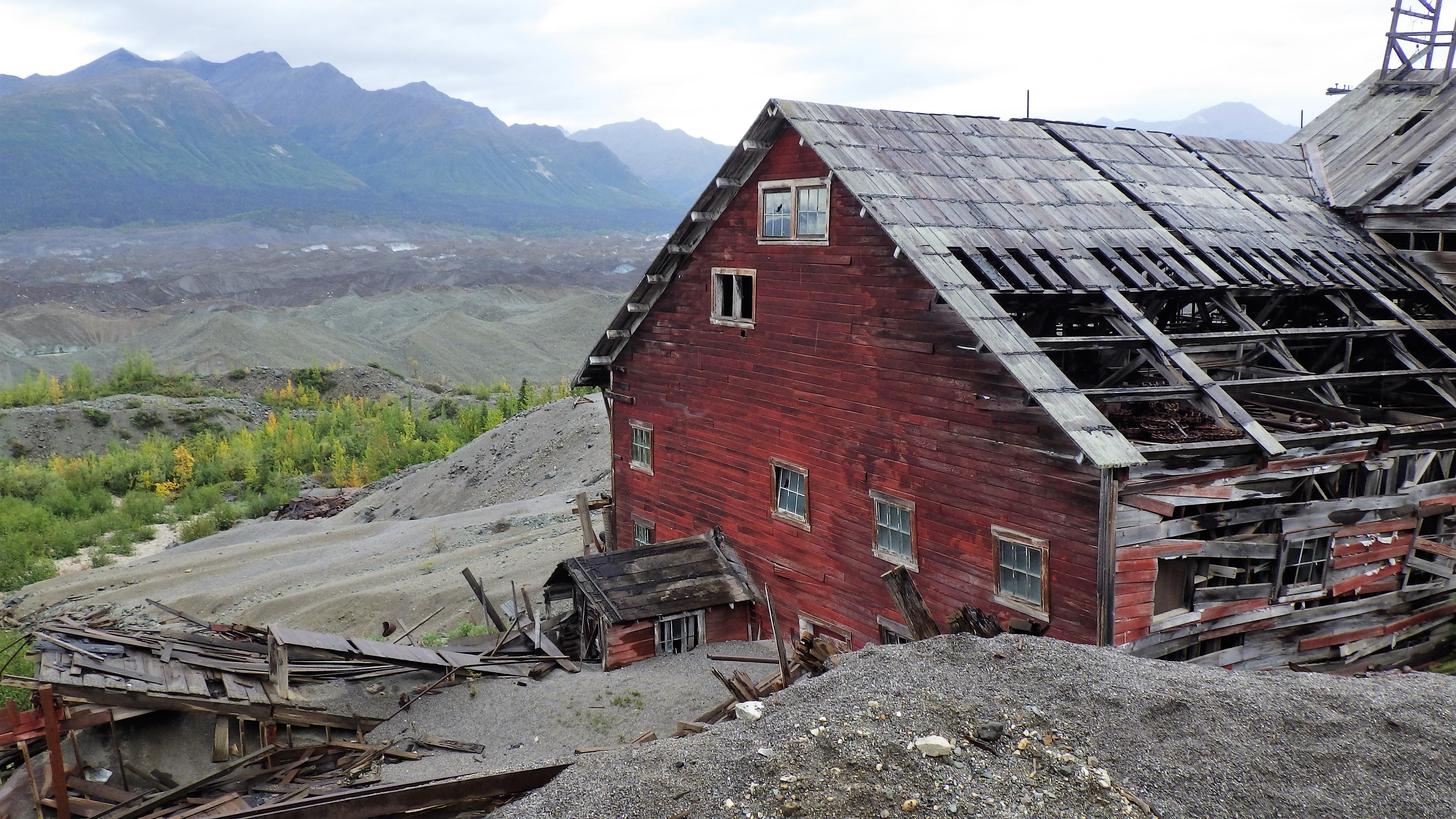
Nestled in the remote wilderness of Alaska, Kennecott was once a thriving copper mining town that now stands frozen in time. In the early 20th century, Kennecott was a bustling community, driven by the demand for copper during World War I. The town boasted a hospital, school, and even an ice skating rink, all supported by the wealth generated from the nearby mines. However, as the copper deposits dwindled, so too did the town's prosperity. By 1938, the mines were closed, and Kennecott was abandoned, leaving behind a collection of well-preserved buildings. Today, the town is a designated National Historic Landmark, offering visitors a glimpse into the past with guided tours and interpretive exhibits. The stark, desolate beauty of Kennecott's surroundings serves as a haunting reminder of the town's once vibrant existence and the inevitable decline that follows resource exhaustion.
5. Pripyat, Ukraine: A Cautionary Tale of Nuclear Disaster
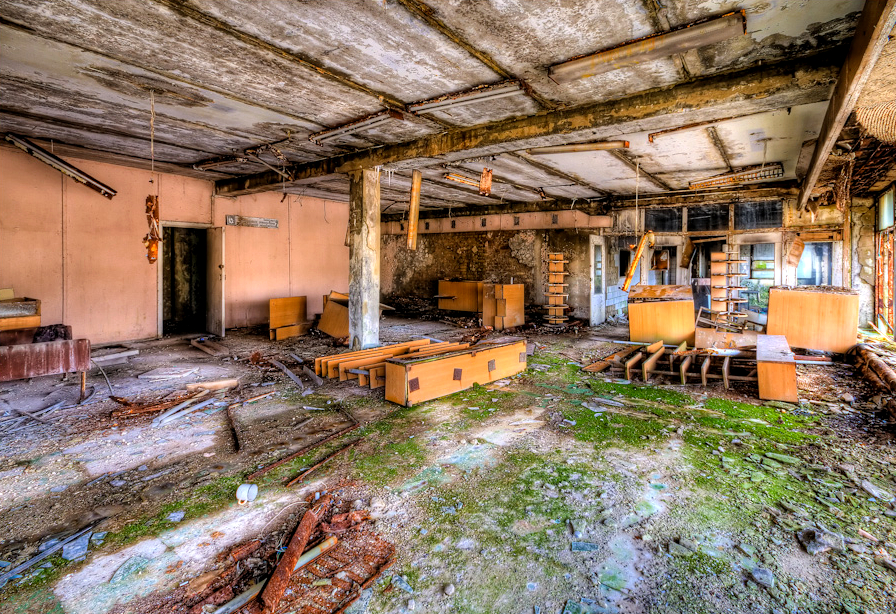
Though not located in America, Pripyat's story is a powerful reminder of the potential consequences of technological failure. Established in 1970 to house workers of the nearby Chernobyl Nuclear Power Plant, Pripyat was a modern, thriving city with a population of nearly 50,000. However, the catastrophic explosion at Chernobyl in 1986 turned Pripyat into a ghost town overnight. The city was evacuated, leaving behind an eerie landscape of decaying buildings and abandoned possessions. Today, Pripyat stands as a chilling testament to the dangers of nuclear power and the devastating impact of human error. Its story serves as a cautionary tale for communities around the world, highlighting the need for vigilance and responsibility in the face of technological advancement.
6. St. Elmo, Colorado: A Mining Town Frozen in Time

St. Elmo, Colorado, is one of the best-preserved ghost towns in the United States, offering a glimpse into the life of a 19th-century mining community. Founded in 1880, St. Elmo thrived as a gold and silver mining town, with a population of over 2,000 at its peak. However, as the mines were depleted and the railroad ceased operations, the town's fortunes waned. By the 1950s, St. Elmo was largely abandoned, leaving behind a collection of well-preserved buildings and artifacts. Today, the town is a popular tourist destination, attracting visitors with its historic charm and picturesque setting. The haunting beauty of St. Elmo's weathered structures and silent streets serves as a poignant reminder of the town's vibrant past and the inevitable decline that follows resource exhaustion.
7. Thurmond, West Virginia: A Railroad Town Lost to Time

Thurmond, West Virginia, was once a bustling railroad town, serving as a vital hub for the Chesapeake and Ohio Railway. In the early 20th century, Thurmond boasted a population of over 500, with hotels, banks, and a thriving commercial district. However, as the coal industry declined and transportation shifted away from railroads, Thurmond's fortunes waned. By the 1950s, the town was largely abandoned, leaving behind a collection of well-preserved buildings and a single-track railroad line. Today, Thurmond is part of the New River Gorge National Park and Preserve, offering visitors a glimpse into the past with its historic structures and interpretive exhibits. The haunting silence of Thurmond's deserted streets serves as a poignant reminder of the town's vibrant past and the relentless march of progress.
8. Jerome, Arizona: The Town That Refused to Die

Jerome, Arizona, is a testament to resilience and reinvention, having transformed from a ghost town into a thriving tourist destination. Founded in the late 19th century as a copper mining town, Jerome quickly grew into a bustling community, with a population of over 10,000 at its peak. However, as the copper deposits dwindled, so too did the town's fortunes. By the mid-20th century, Jerome was largely abandoned, earning the label of a ghost town. Yet, unlike many other ghost towns, Jerome refused to fade into obscurity. In the 1960s, artists and entrepreneurs began to repopulate the town, transforming it into a vibrant arts community. Today, Jerome is a popular tourist destination, attracting visitors with its historic charm, art galleries, and stunning views of the Verde Valley. The town's story is a powerful reminder of the resilience of human communities and the potential for reinvention in the face of adversity.
9. Glenrio, Texas/New Mexico: The Forgotten Route 66 Stop

Glenrio, straddling the Texas–New Mexico border, was once a bustling stop along the iconic Route 66. In its heyday, Glenrio was a lively community, catering to travelers with its motels, diners, and service stations. However, the construction of Interstate 40 bypassed the town, leading to its rapid decline. By the 1980s, Glenrio was largely abandoned, leaving behind a collection of decaying buildings and empty streets. Today, Glenrio stands as a haunting reminder of the impact of changing transportation routes on small communities. The town's story serves as a poignant example of the challenges faced by communities reliant on transient industries and the importance of adaptability in the face of change.
10. Cairo, Illinois: A River Town's Rise and Fall
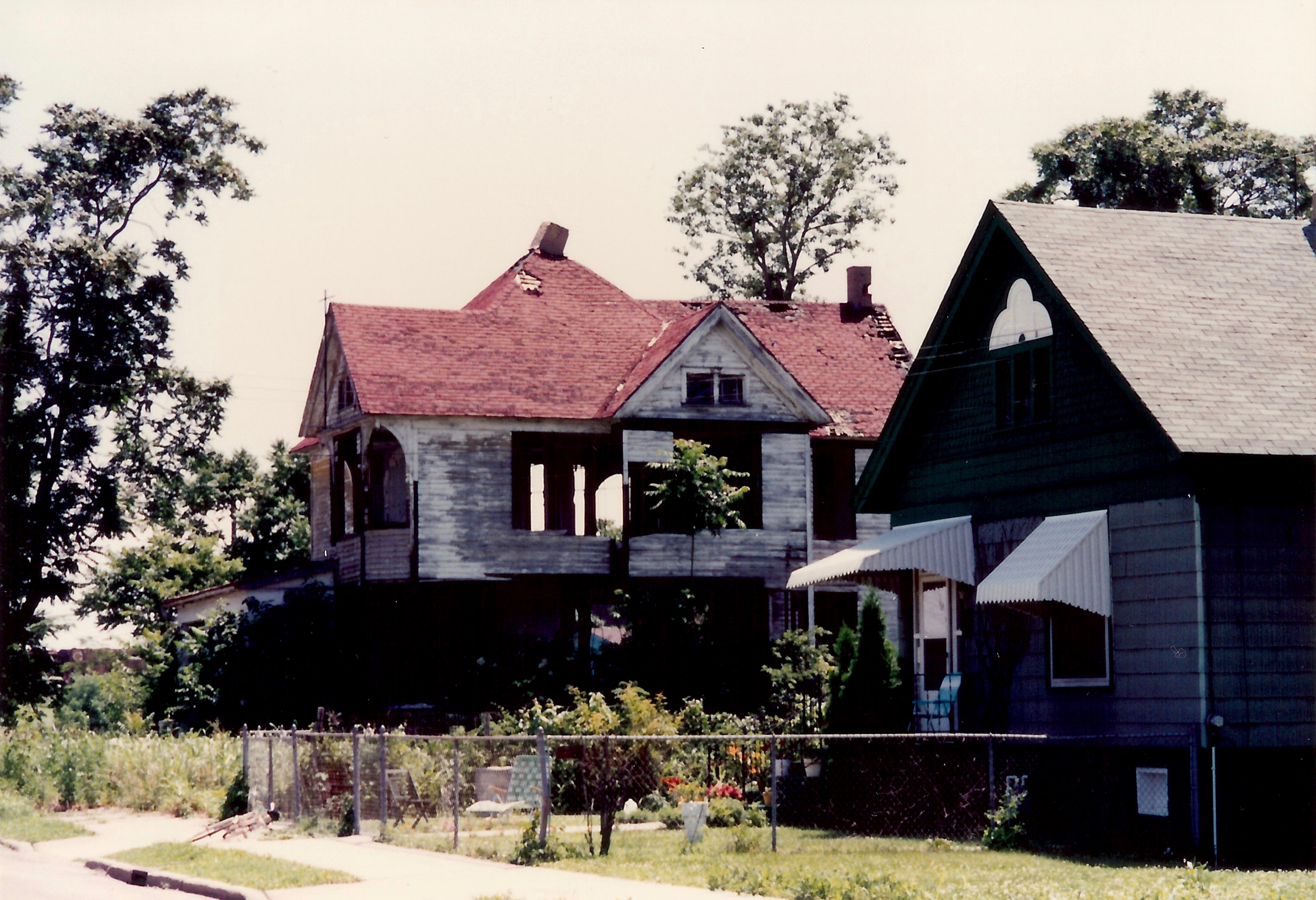
Cairo, Illinois, sits at the confluence of the Mississippi and Ohio Rivers, a location that once promised prosperity and growth. In the 19th century, Cairo was a thriving river town, serving as a key transportation hub and commercial center. However, a combination of racial tensions, economic decline, and natural disasters led to the town's gradual decline. By the late 20th century, much of Cairo was abandoned, leaving behind a landscape of decaying buildings and empty streets. Today, Cairo stands as a haunting reminder of the complex interplay between social, economic, and environmental factors in the rise and fall of communities. The town's story serves as a powerful example of the challenges faced by communities grappling with change and the importance of resilience in the face of adversity.
11. Garnet, Montana: A Ghost Town Preserved by Time
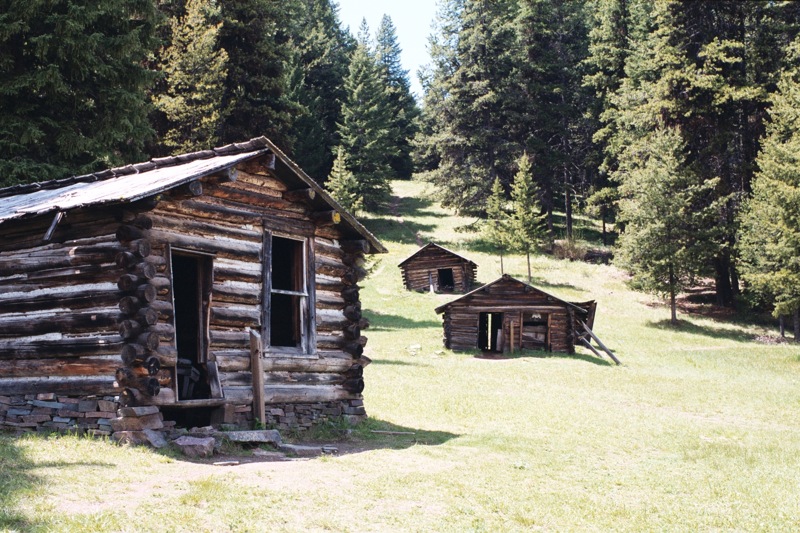
Garnet, Montana, is one of the best-preserved ghost towns in the United States, offering a glimpse into the life of a 19th-century mining community. Founded in the 1890s during a gold rush, Garnet quickly grew into a bustling town, with a population of over 1,000 at its peak. However, as the gold deposits were exhausted and a devastating fire swept through the town, Garnet's fortunes waned. By the 1940s, the town was largely abandoned, leaving behind a collection of well-preserved buildings and artifacts. Today, Garnet is managed by the Bureau of Land Management, offering visitors a glimpse into the past with its historic structures and interpretive exhibits. The haunting beauty of Garnet's weathered buildings and silent streets serves as a poignant reminder of the town's vibrant past and the inevitable decline that follows resource exhaustion.
12. Rhyolite, Nevada: A Boomtown Gone Bust

Rhyolite, Nevada, is a classic example of a boomtown that quickly went bust, leaving behind a haunting landscape of ruins. Founded in 1905 during a gold rush, Rhyolite grew rapidly, boasting a population of over 5,000 at its peak. The town featured a stock exchange, opera house, and even a red-light district, all supported by the wealth generated from the nearby mines. However, as the gold deposits dwindled and the financial panic of 1907 took its toll, Rhyolite's fortunes rapidly declined. By 1916, the town was largely abandoned, leaving behind a collection of decaying buildings and empty streets. Today, Rhyolite is a popular tourist destination, attracting visitors with its haunting beauty and historic ruins. The town's story serves as a poignant reminder of the transient nature of prosperity and the challenges faced by communities reliant on single industries.
13. Drawbridge, California: A Town Sinking into the Marsh
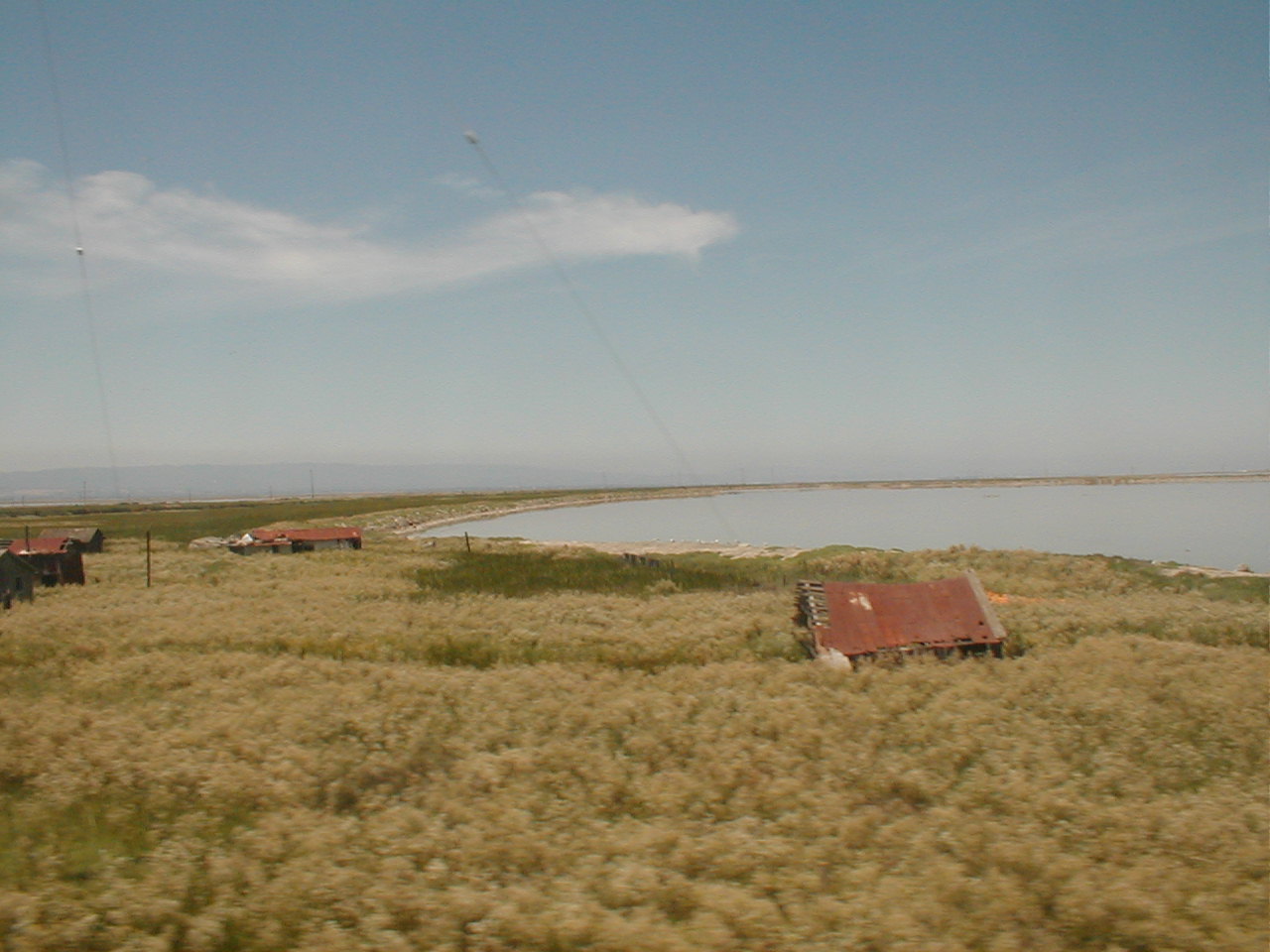
Drawbridge, California, once a bustling community of hunters and fishermen, now lies abandoned and slowly sinking into the marshlands of the San Francisco Bay. Founded in the late 19th century, Drawbridge thrived as a hunting and fishing retreat, accessible only by train. The town boasted a population of over 400 at its peak, with hotels, saloons, and private hunting clubs. However, as the marshlands were drained and environmental regulations tightened, Drawbridge's fortunes waned. By the 1970s, the town was largely abandoned, leaving behind a collection of decaying buildings slowly being reclaimed by the marsh. Today, Drawbridge is off-limits to the public, serving as a haunting reminder of the impact of environmental change and the challenges faced by communities reliant on natural resources.
The stories of these vanished American towns are more than just historical curiosities; they are poignant reminders of the impermanence of human endeavor and the complex interplay of social, economic, and environmental factors in shaping communities. Each town tells a unique story of ambition, struggle, and eventual decline, echoing with the lives and dreams of those who once called them home. As we reflect on these tales, we are reminded of the resilience and adaptability required to navigate the challenges of an ever-changing world. The haunting echoes of these towns serve as a powerful testament to the enduring spirit of human communities and the lessons they impart on resilience, adaptation, and the relentless march of time.








